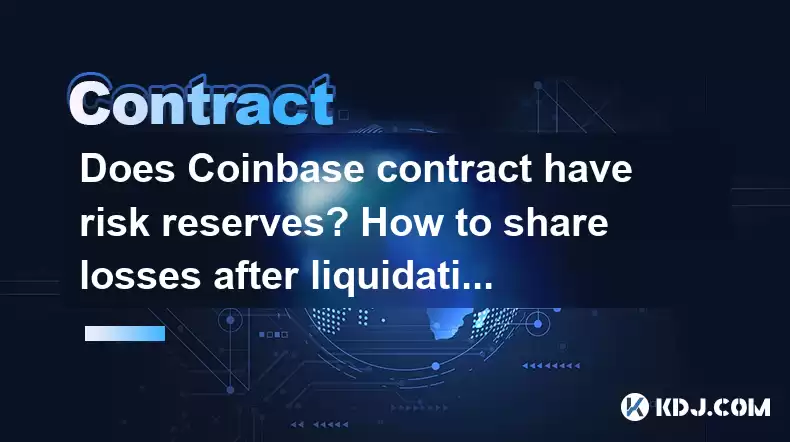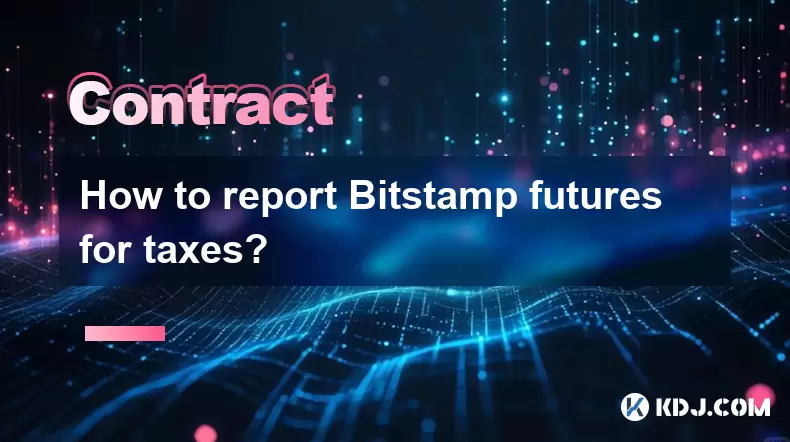-
 Bitcoin
Bitcoin $115200
0.71% -
 Ethereum
Ethereum $3716
6.25% -
 XRP
XRP $3.076
5.28% -
 Tether USDt
Tether USDt $0.0000
0.00% -
 BNB
BNB $766.7
1.87% -
 Solana
Solana $168.5
4.16% -
 USDC
USDC $0.9999
0.00% -
 TRON
TRON $0.3326
1.79% -
 Dogecoin
Dogecoin $0.2093
5.14% -
 Cardano
Cardano $0.7543
4.02% -
 Stellar
Stellar $0.4147
4.43% -
 Hyperliquid
Hyperliquid $38.59
0.71% -
 Sui
Sui $3.594
4.51% -
 Chainlink
Chainlink $17.13
5.12% -
 Bitcoin Cash
Bitcoin Cash $558.9
2.49% -
 Hedera
Hedera $0.2519
1.51% -
 Avalanche
Avalanche $22.91
7.05% -
 Ethena USDe
Ethena USDe $1.001
0.00% -
 Litecoin
Litecoin $120.3
10.01% -
 Toncoin
Toncoin $3.419
-4.46% -
 UNUS SED LEO
UNUS SED LEO $8.921
-0.34% -
 Shiba Inu
Shiba Inu $0.00001249
2.39% -
 Uniswap
Uniswap $9.944
8.41% -
 Polkadot
Polkadot $3.728
3.18% -
 Monero
Monero $308.0
1.78% -
 Dai
Dai $0.9998
-0.02% -
 Bitget Token
Bitget Token $4.389
1.58% -
 Pepe
Pepe $0.00001075
2.71% -
 Cronos
Cronos $0.1397
6.39% -
 Aave
Aave $269.7
3.95%
Does Coinbase contract have risk reserves? How to share losses after liquidation?
Coinbase maintains risk reserves for operational risks, not individual trader losses; traders must manage their own risk to avoid liquidation and potential negative balances.
Apr 28, 2025 at 02:01 am

In the world of cryptocurrency, understanding the specifics of exchange contracts and risk management policies is crucial for traders and investors. Coinbase, one of the leading cryptocurrency exchanges, has its own set of rules and policies regarding risk reserves and loss-sharing after liquidation. This article will delve into these aspects, providing a detailed analysis of how Coinbase handles these critical issues.
Understanding Coinbase's Contract and Risk Reserves
When engaging with any cryptocurrency exchange, it's essential to understand the terms of the contract. Coinbase's user agreement outlines the responsibilities and risks associated with trading on their platform. One of the key areas of interest for many users is the presence of risk reserves.
Risk reserves are funds set aside by an exchange to cover potential losses that may arise from various risks, including market volatility, operational errors, or security breaches. Coinbase, like many other exchanges, does maintain certain reserves to manage these risks. However, the specifics of these reserves are not fully disclosed to the public, which can make it challenging for users to gauge the exact level of protection offered.
How Coinbase Manages Risk Reserves
Coinbase's approach to managing risk reserves involves a combination of internal policies and external audits. The exchange conducts regular audits to ensure that the reserves are sufficient to cover potential losses. These audits are typically performed by reputable third-party firms, which helps in maintaining transparency and trust among users.
Additionally, Coinbase has implemented various security measures to minimize the risk of losses due to hacks or other security breaches. These measures include cold storage for the majority of user funds, multi-signature wallets, and insurance policies. While these steps do not directly contribute to risk reserves, they are part of Coinbase's overall strategy to mitigate risks.
The Process of Liquidation on Coinbase
Liquidation is a critical aspect of trading on margin or using leveraged products. When a trader's position moves against them and their account balance falls below the maintenance margin, Coinbase may initiate a liquidation process. This process involves closing out the trader's position to prevent further losses.
The liquidation process on Coinbase is automated and designed to be swift to minimize losses. Once a position is liquidated, any remaining funds in the account are used to cover the losses incurred. If the funds are insufficient to cover the losses, the trader may end up with a negative balance.
Sharing Losses After Liquidation
After a liquidation event, the question of how losses are shared becomes pertinent. Coinbase's policy on loss-sharing after liquidation is primarily focused on the individual trader. If a trader's position is liquidated and results in a negative balance, the trader is responsible for covering that loss.
In cases where the losses exceed the trader's available funds, Coinbase may take legal action to recover the deficit. This can include charging the trader's linked payment methods or pursuing the debt through legal channels. However, Coinbase does not have a public policy of using risk reserves to cover individual trader losses after liquidation.
Impact of Risk Reserves on Traders
While Coinbase does maintain risk reserves, these are primarily intended to cover operational and systemic risks rather than individual trader losses. Traders should not rely on these reserves to protect them from losses due to market movements or leveraged trading. Instead, they should focus on managing their own risk through proper position sizing, stop-loss orders, and maintaining adequate margin levels.
Steps to Manage Risk on Coinbase
For traders looking to minimize their risk on Coinbase, here are some practical steps to follow:
- Monitor Your Positions Closely: Regularly check your open positions and account balance to stay aware of your exposure.
- Use Stop-Loss Orders: Set stop-loss orders to automatically close positions if they move against you beyond a certain point.
- Maintain Adequate Margin: Ensure that your account always has enough margin to cover potential losses, especially when trading on leverage.
- Diversify Your Portfolio: Spread your investments across different assets to reduce the impact of any single position going against you.
- Understand the Platform: Familiarize yourself with Coinbase's trading interface, fees, and policies to make informed decisions.
Conclusion on Coinbase's Risk Management
Coinbase's approach to risk reserves and loss-sharing after liquidation reflects a balance between protecting the platform and ensuring individual accountability. While the exchange does maintain reserves to manage systemic risks, traders must take personal responsibility for their trading decisions and potential losses. Understanding these dynamics is crucial for anyone looking to trade on Coinbase effectively.
Frequently Asked Questions
Q: Can I use Coinbase's risk reserves to cover my trading losses?
A: No, Coinbase's risk reserves are intended to cover operational and systemic risks, not individual trader losses. Traders are responsible for managing their own risk and covering any losses incurred from trading.
Q: What happens if I have a negative balance after a liquidation on Coinbase?
A: If you end up with a negative balance after a liquidation, you are responsible for covering that deficit. Coinbase may attempt to recover the loss through your linked payment methods or legal action if necessary.
Q: How can I protect myself from liquidation on Coinbase?
A: To protect yourself from liquidation, monitor your positions closely, use stop-loss orders, maintain adequate margin, and diversify your portfolio. Understanding Coinbase's platform and policies will also help you make better trading decisions.
Q: Are there any fees associated with liquidation on Coinbase?
A: Yes, Coinbase may charge fees for liquidation events. These fees are typically outlined in the user agreement and can vary based on the type of trading account and the specific circumstances of the liquidation.
Disclaimer:info@kdj.com
The information provided is not trading advice. kdj.com does not assume any responsibility for any investments made based on the information provided in this article. Cryptocurrencies are highly volatile and it is highly recommended that you invest with caution after thorough research!
If you believe that the content used on this website infringes your copyright, please contact us immediately (info@kdj.com) and we will delete it promptly.
- Cryptocurrency, Altcoins, and Profit Potential: Navigating the Wild West
- 2025-08-04 14:50:11
- Blue Gold & Crypto: Investing Disruption in Precious Metals
- 2025-08-04 14:30:11
- Japan, Metaplanet, and Bitcoin Acquisition: A New Era of Corporate Treasury?
- 2025-08-04 14:30:11
- Coinbase's Buy Rating & Bitcoin's Bold Future: A Canaccord Genuity Perspective
- 2025-08-04 14:50:11
- Coinbase's Buy Rating Maintained by Rosenblatt Securities: A Deep Dive
- 2025-08-04 14:55:11
- Cryptos, Strategic Choices, High Returns: Navigating the Meme Coin Mania
- 2025-08-04 14:55:11
Related knowledge

Why is my Bitstamp futures position being liquidated?
Jul 23,2025 at 11:08am
Understanding Futures Liquidation on BitstampFutures trading on Bitstamp involves borrowing funds to open leveraged positions, which amplifies both po...

How to report Bitstamp futures for taxes?
Jul 30,2025 at 08:35am
Understanding Bitstamp Futures and Taxable EventsWhen trading Bitstamp futures, it’s essential to recognize that these financial instruments are treat...

Does Bitstamp offer inverse contracts?
Jul 23,2025 at 01:28pm
Understanding Inverse Contracts in Cryptocurrency TradingIn the realm of cryptocurrency derivatives, inverse contracts are a specific type of futures ...

What is the difference between futures and perpetuals on Bitstamp?
Jul 27,2025 at 05:08am
Understanding Futures Contracts on BitstampFutures contracts on Bitstamp are financial derivatives that allow traders to speculate on the future price...

How to find your Bitstamp futures trade history?
Jul 23,2025 at 08:07am
Understanding Bitstamp and Futures Trading AvailabilityAs of the current state of Bitstamp’s service offerings, it is critical to clarify that Bitstam...

Can I use a trailing stop on Bitstamp futures?
Jul 23,2025 at 01:42pm
Understanding Trailing Stops in Cryptocurrency TradingA trailing stop is a dynamic type of stop-loss order that adjusts automatically as the price of ...

Why is my Bitstamp futures position being liquidated?
Jul 23,2025 at 11:08am
Understanding Futures Liquidation on BitstampFutures trading on Bitstamp involves borrowing funds to open leveraged positions, which amplifies both po...

How to report Bitstamp futures for taxes?
Jul 30,2025 at 08:35am
Understanding Bitstamp Futures and Taxable EventsWhen trading Bitstamp futures, it’s essential to recognize that these financial instruments are treat...

Does Bitstamp offer inverse contracts?
Jul 23,2025 at 01:28pm
Understanding Inverse Contracts in Cryptocurrency TradingIn the realm of cryptocurrency derivatives, inverse contracts are a specific type of futures ...

What is the difference between futures and perpetuals on Bitstamp?
Jul 27,2025 at 05:08am
Understanding Futures Contracts on BitstampFutures contracts on Bitstamp are financial derivatives that allow traders to speculate on the future price...

How to find your Bitstamp futures trade history?
Jul 23,2025 at 08:07am
Understanding Bitstamp and Futures Trading AvailabilityAs of the current state of Bitstamp’s service offerings, it is critical to clarify that Bitstam...

Can I use a trailing stop on Bitstamp futures?
Jul 23,2025 at 01:42pm
Understanding Trailing Stops in Cryptocurrency TradingA trailing stop is a dynamic type of stop-loss order that adjusts automatically as the price of ...
See all articles

























































































